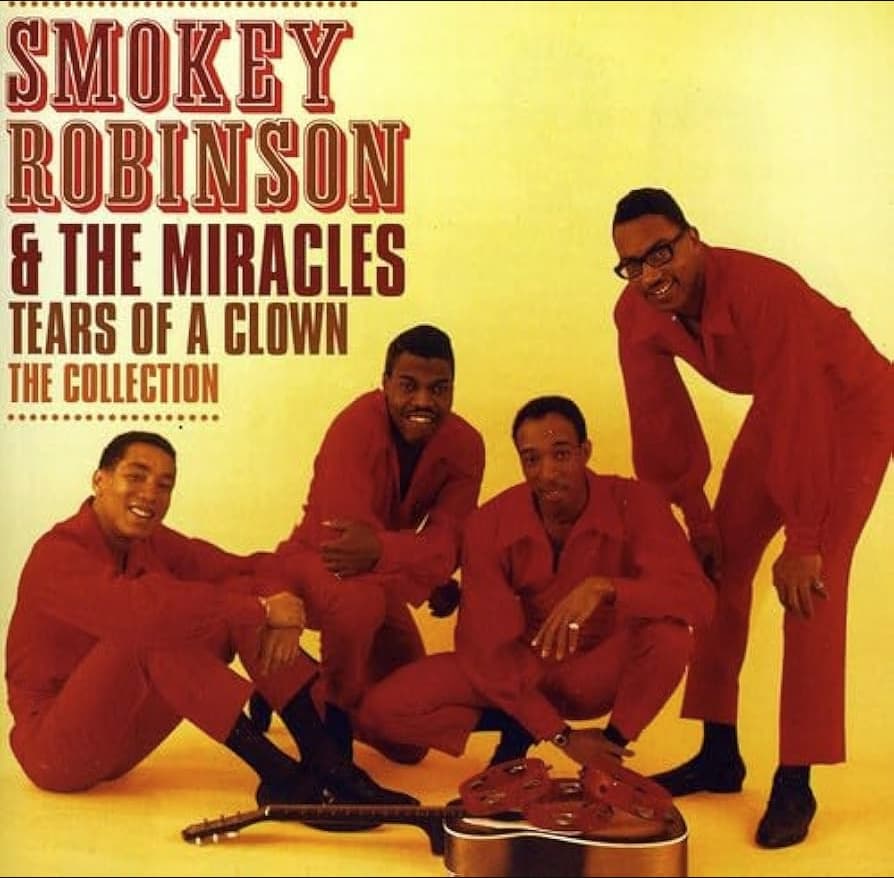
Unveiling the Legacy: Smokey Robinson & The Miracles’ “The Tears of a Clown”
In the annals of Motown history, few songs have resonated through the decades with the emotional depth and vibrant production quality of “The Tears of a Clown”. Written by an iconic trifecta—Hank Cosby, Smokey Robinson, and Stevie Wonder—this track originally graced the 1967 album Make It Happen by Smokey Robinson & the Miracles. Not just a mere album filler, this song has woven its narrative through the fabric of music history, leaving an indelible mark on the hearts of its listeners.
The song’s journey to stardom was neither immediate nor conventional. Initially, it was tucked away on the Make It Happen album, overshadowed by other tracks until a serendipitous revival on the UK Singles Chart in 1970. Released as a single in the United Kingdom in July of that year, it catapulted to the number one spot by September, spurred by its vibrant calliope motif and Robinson’s poignant vocals. The US didn’t catch up until later that year when Motown decided to remix the track and release it stateside, where it quickly soared to number one on both the Billboard Hot 100 and R&B Singles charts.
The charm of “The Tears of a Clown” lies not just in its catchy melody but also in its profound lyrical content. Robinson’s lyrics are a masterful blend of personal heartache and theatrical imagery, drawing parallels between his hidden sorrows and the painted-on smiles of clowns in the opera Pagliacci. This narrative depth transformed the track into a multi-million seller and a 2002 Grammy Hall of Fame inductee.
Moreover, its success significantly influenced Smokey Robinson’s career trajectory. At a time when Robinson considered stepping away from the limelight to focus on his role as vice-president of Motown Records, the song’s unexpected acclaim encouraged him to remain with the Miracles until 1972. The song’s resurgence in popularity was a testament to its timeless appeal, cementing Robinson’s status as a formidable force in the music industry.
Interestingly, the song’s instrumentation also set it apart, featuring one of the few pop singles to include a bassoon, played by Charles R. Sirard. This unusual choice added a distinctive flavor to the track, enhancing its circus-like atmosphere and complementing the lyrical theme of masked sorrow.
The decision to release “The Tears of a Clown” as a single several years after its initial album release was a strategic move by Motown, highlighting their knack for recognizing hit potential retrospectively. This decision not only revitalized the Miracles’ career but also left a lasting legacy on the charts. It reappeared on the UK charts in 1976 and has remained a beloved classic on oldies radio stations worldwide.
As we revisit this classic hit, it’s clear that “The Tears of a Clown” is more than just a song. It’s a poignant narrative encapsulated in a melody, a snapshot of Motown’s golden era, and a testament to Smokey Robinson’s enduring talent and emotional depth as an artist. Its place in music history is well deserved, bridging generations of listeners with its timeless appeal and complex emotional layers.